
CHICAGO- As one of the United States’ leading carriers, United Airlines (UA) boasts a vast domestic network that connects major cities across the country, with its 30 busiest domestic routes providing a glimpse into the airline’s operational strategy. These busiest routes notably prioritize key hubs, major business markets, and leisure destinations.
With hubs strategically placed across the US in cities like Chicago, New York, and Denver, United’s domestic network is designed to optimize frequency and capacity. This approach allows the airline to meet the diverse needs of both business and leisure travelers, offering a wide range of flight options.
In this article, we will break down the data behind United’s top 30 busiest routes, from the heavy traffic flowing through the East Coast to the bustling transcontinental connections that form the backbone of the airline’s operations.
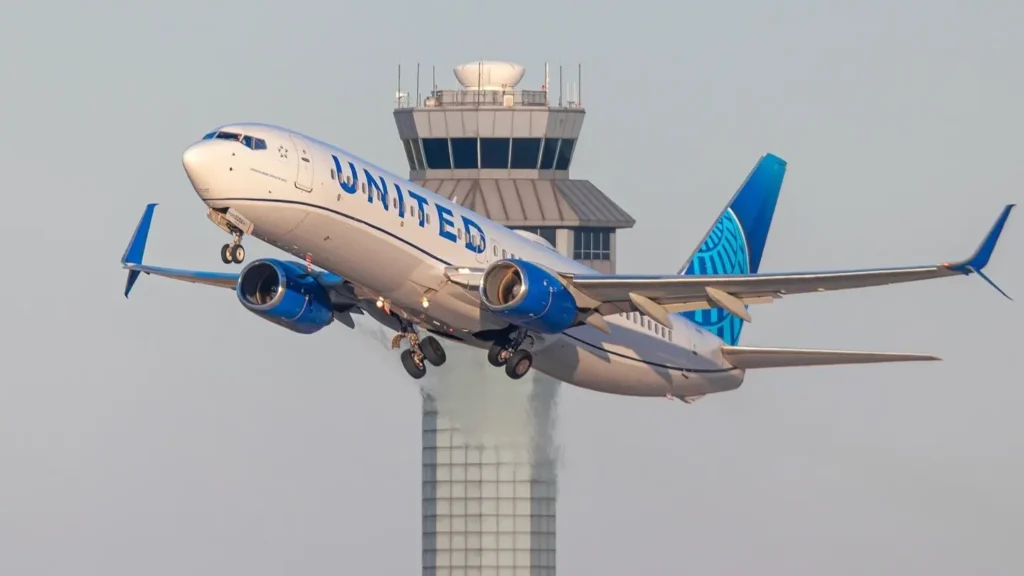 United Airlines Boeing 737 MAX TAKEOFF from Chicago. Photo: Cado Photo
United Airlines Boeing 737 MAX TAKEOFF from Chicago. Photo: Cado PhotoNew York and Newark at the Core
United’s operations are heavily centered around New York/Newark (EWR) – thanks to the crucial business and leisure hub.
The EWR–Orlando (MCO) route takes the top spot with a whopping 2,152 monthly flights, reflecting both the high demand for leisure travel to Florida and the strong business connections between the two locations. This route is one of many that highlights United’s dominance in the Northeast, where EWR, combined with New York-LaGuardia (LGA) and New York-JFK, offers extensive options for travelers across the country.
Following close behind, the EWR–San Francisco (SFO) route sees 1,710 monthly flights, a massive number that reflects the critical transcontinental corridor between two of the country’s largest metropolitan areas. Not only does this route serve a significant amount of business traffic, but it also carries numerous travelers between two key tech and financial hubs.
Interestingly, the EWR–West Palm Beach (PBI) and EWR–Miami (MIA) routes also feature prominently, reflecting United’s emphasis on strong connectivity between the Northeast and sunny destinations in Florida. These routes are a blend of business, seasonal, and vacation traffic, catering to a wide range of travelers.
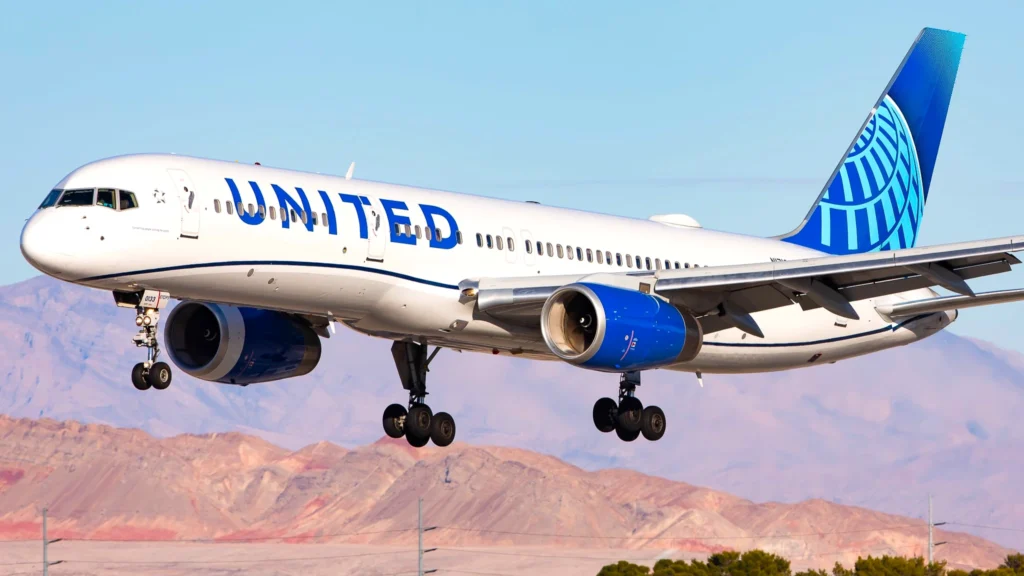 Photo: Clément Alloing
Photo: Clément AlloingChicago: United’s Mega-Hub and Key Regional Connector
Chicago-O’Hare (ORD) is United’s largest hub, and it plays a pivotal role in connecting not just domestic routes but also international traffic.
The ORD–New York (EWR) route ranks second overall, with 2,062 flights in a single month. This frequency illustrates just how vital this connection is for business travelers, with United offering one of the highest numbers of daily flights between these two major metropolitan areas.
The high frequency is also seen on the ORD–Houston-Intercontinental (IAH) route with 1,758 monthly flights, showcasing the airline’s extensive domestic reach. United’s ORD–Los Angeles (LAX) and ORD–San Francisco (SFO) routes round out the list, underscoring the airline’s significant presence on the West Coast and its competitive edge in these high-yield markets.
These routes are vital for both corporate and leisure traffic, with the additional bonus of acting as gateways for international connections. In addition, ORD’s strategic placement helps United serve numerous mid-tier routes such as ORD–Orlando (MCO) and ORD–Washington-National (DCA), balancing regional demand with high-capacity connections.
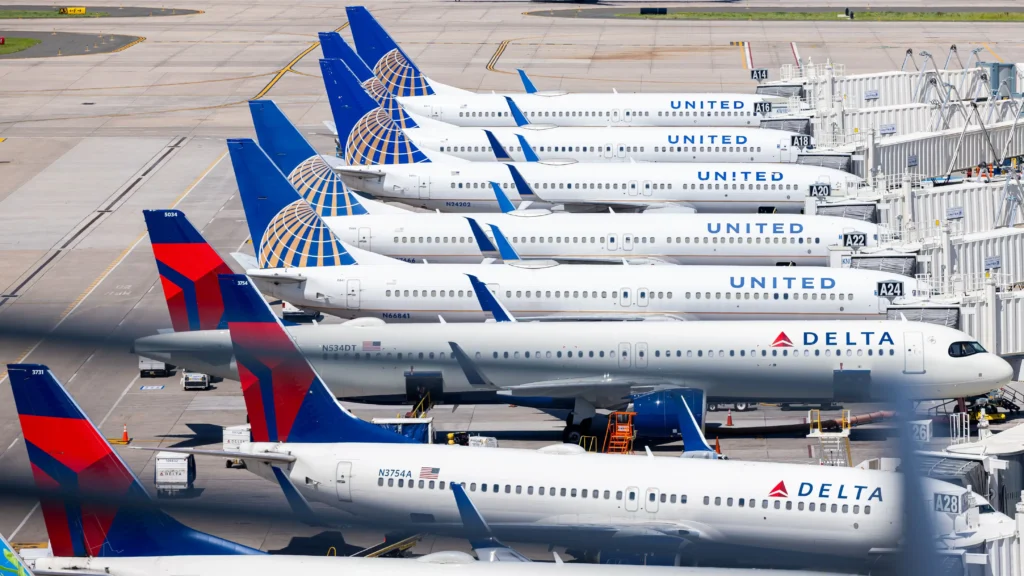 Photo: Denver Airport
Photo: Denver AirportDenver: The Connecting Hub
Denver International Airport (DEN) might not have the same global profile as New York or Chicago, but it plays an essential role in United’s domestic network.
DEN serves as a critical link for passengers traveling between the Midwest, East Coast, and West Coast, especially in the highly competitive transcontinental space.
The DEN–Houston-Intercontinental (IAH) route ranks third overall with 1,813 monthly flights, showing the importance of Denver as a central connection point in the U.S. West. The DEN–San Francisco (SFO) route follows closely behind at seventh place with 854 flights. Meanwhile, DEN–Los Angeles (LAX) is another major corridor, with 1,570 flights, a key link between Denver’s growing market and the highly trafficked West Coast.
Furthermore, DEN serves as a base for United to tap into high-demand leisure destinations like Las Vegas and Phoenix, with DEN–Las Vegas (LAS) and DEN–Phoenix (PHX) both ranking in the top 20 busiest routes.
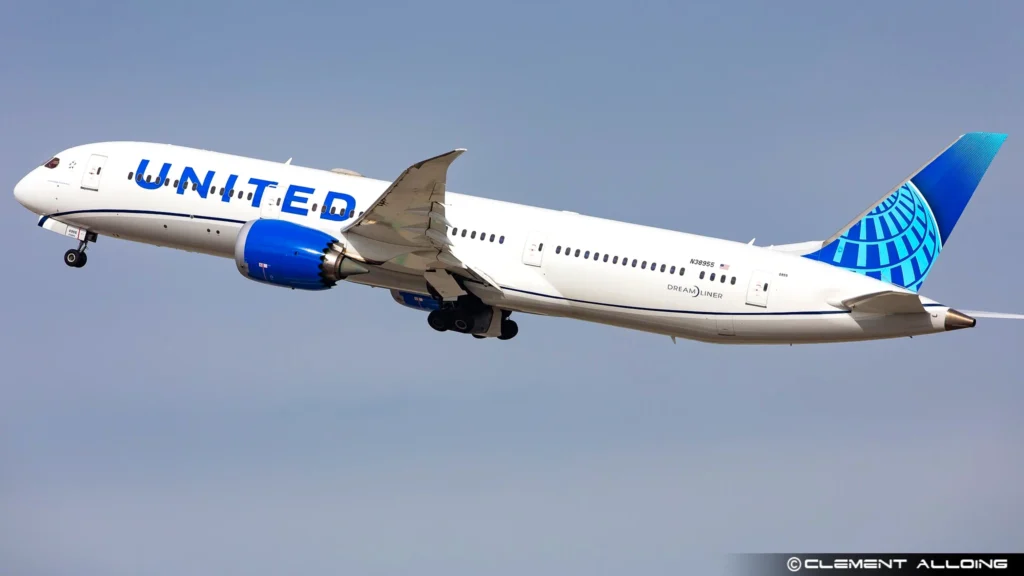 Photo: Clément Alloing
Photo: Clément AlloingHouston Hub
Houston-Intercontinental (IAH) is another major hub in United’s domestic operations. As a city at the crossroads of both domestic and international travel, IAH handles extensive routes, particularly to the West Coast and Northeast.
IAH–San Francisco (SFO) is one of the airline’s longest and most crucial routes, not just for domestic travel but also for facilitating international connections.
The IAH–New York (EWR) route ranks high as well, with 1,704 flights in March, demonstrating the critical role Houston plays in serving both business and leisure demand between Texas and the Northeast.
Moreover, United’s network in the South is equally important, with routes that cater to business and vacation travelers alike. The IAH–New Orleans (MSY) route demonstrates how United has solidified its position in Gulf Coast travel, with 1,394 flights. This regional route is a vital part of United’s domestic strategy, connecting Houston with one of the most vibrant and tourism-driven cities in the South.
| Rank | Route | Flights | Seats | ASMs |
| 1 | New York (EWR) – Orlando (MCO) | 2,152 | 374,705 | 351,473,290 |
| 2 | Chicago-O’Hare (ORD) – New York (EWR) | 2,062 | 354,092 | 254,592,148 |
| 3 | Denver (DEN) – Houston-Intercontinental (IAH) | 1,813 | 383,081 | 329,832,741 |
| 4 | Chicago-O’Hare (ORD) – Houston-Intercontinental (IAH) | 1,758 | 342,693 | 316,944,492 |
| 5 | New York (EWR) – San Francisco (SFO) | 1,710 | 396,340 | 1,016,307,420 |
| 6 | Denver (DEN) – San Francisco (SFO) | 1,708 | 330,823 | 319,905,841 |
| 7 | Chicago-O’Hare (ORD) – New York-La Guardia (LGA) | 1,707 | 250,402 | 183,544,666 |
| 8 | Houston-Intercontinental (IAH) – New York (EWR) | 1,704 | 310,058 | 434,113,400 |
| 9 | New York (EWR) – West Palm Beach (PBI) | 1,690 | 291,238 | 298,227,648 |
| 10 | Los Angeles (LAX) – San Francisco (SFO) | 1,627 | 275,652 | 92,894,724 |
| 11 | Fort Lauderdale (FLL) – New York (EWR) | 1,600 | 274,851 | 292,716,315 |
| 12 | Chicago-O’Hare (ORD) – Denver (DEN) | 1,587 | 343,865 | 305,352,120 |
| 13 | Denver (DEN) – Los Angeles (LAX) | 1,570 | 300,552 | 259,041,824 |
| 14 | Houston-Intercontinental (IAH) – Los Angeles (LAX) | 1,558 | 278,060 | 383,444,740 |
| 15 | Denver (DEN) – Phoenix (PHX) | 1,542 | 267,407 | 160,978,174 |
| 16 | Los Angeles (LAX) – New York (EWR) | 1,530 | 348,294 | 854,713,476 |
| 17 | Houston-Intercontinental (IAH) – San Francisco (SFO) | 1,502 | 318,492 | 520,734,420 |
| 18 | Denver (DEN) – New York (EWR) | 1,497 | 271,344 | 435,507,120 |
| 19 | San Francisco (SFO) – Chicago-O’Hare (ORD) | 1,487 | 342,398 | 632,066,708 |
| 20 | Chicago-O’Hare (ORD) – Washington-National (DCA) | 1,450 | 206,644 | 126,466,128 |
| 21 | Miami (MIA) – New York (EWR) | 1,423 | 247,802 | 269,112,972 |
| 22 | Chicago-O’Hare (ORD) – Los Angeles (LAX) | 1,418 | 317,705 | 554,395,225 |
| 23 | New Orleans (MSY) – Houston-Intercontinental (IAH) | 1,394 | 219,586 | 66,973,730 |
| 24 | Denver (DEN) – Las Vegas (LAS) | 1,392 | 242,150 | 152,312,350 |
| 25 | Houston-Intercontinental (IAH) – New Orleans (MSY) | 1,360 | 193,925 | 65,887,543 |
| 26 | New York (EWR) – Tampa (TPA) | 1,350 | 234,628 | 234,158,744 |
| 27 | Las Vegas (LAS) – New York (EWR) | 1,342 | 233,785 | 520,639,195 |
| 28 | New York (EWR) – Boston (BOS) | 1,339 | 209,064 | 41,812,800 |
| 29 | Las Vegas (LAS) – Houston-Intercontinental (IAH) | 1,331 | 235,596 | 287,898,312 |
| 30 | Chicago-O’Hare (ORD) – Orlando (MCO) | 1,308 | 282,477 | 283,889,385 |
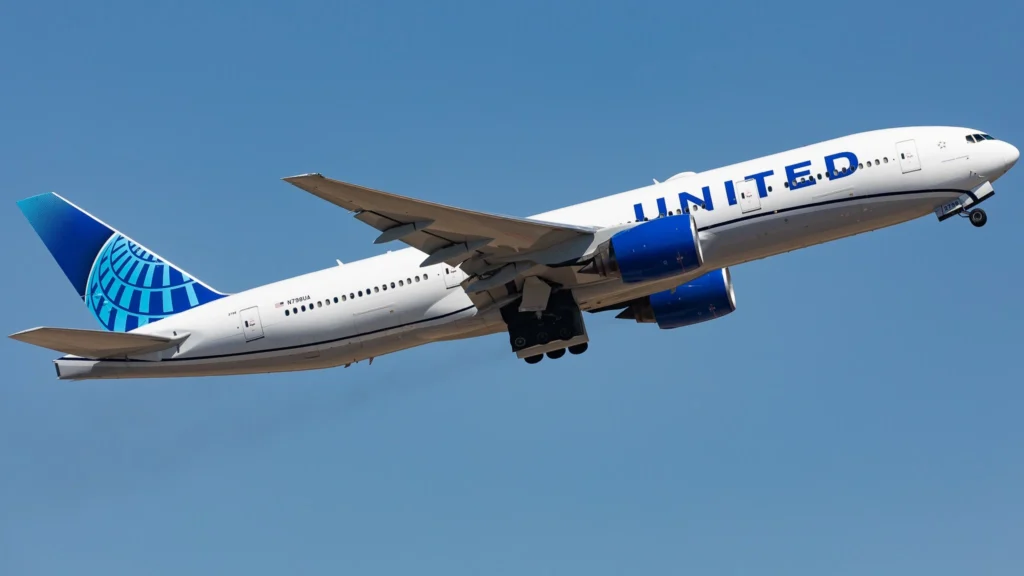 Photo: Clément Alloing
Photo: Clément AlloingBottom Line
United Airlines’ top 30 busiest domestic routes paint a clear picture of a carrier that has finely tuned its operations to meet diverse passenger needs.
From the high-frequency corridors that link major hubs in New York, Chicago, and Denver to the leisure-heavy routes that connect the East Coast to Florida, United Airlines remains a key player in the U.S. domestic market.
With a strategy built on frequency, strategic hub placement, and catering to a broad range of travelers, United continues to dominate both business and leisure sectors. The airline’s ability to balance these needs across its network ensures that it remains competitive as the airline landscape continues to evolve.
Stay tuned with us. Further, follow us on social media for the latest updates.
Join us on Telegram Group for the Latest Aviation Updates. Subsequently, follow us on Google News
Data Sourced from Cirium Diio
United Airlines Top 20 Busiest International Routes in 2025
The post United Airlines Busiest Domestic Routes in 2025, No.7 Will Surprise You appeared first on Aviation A2Z.














